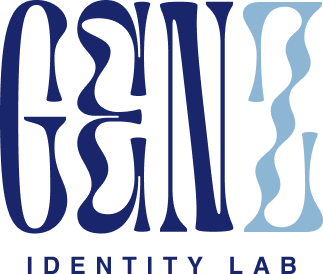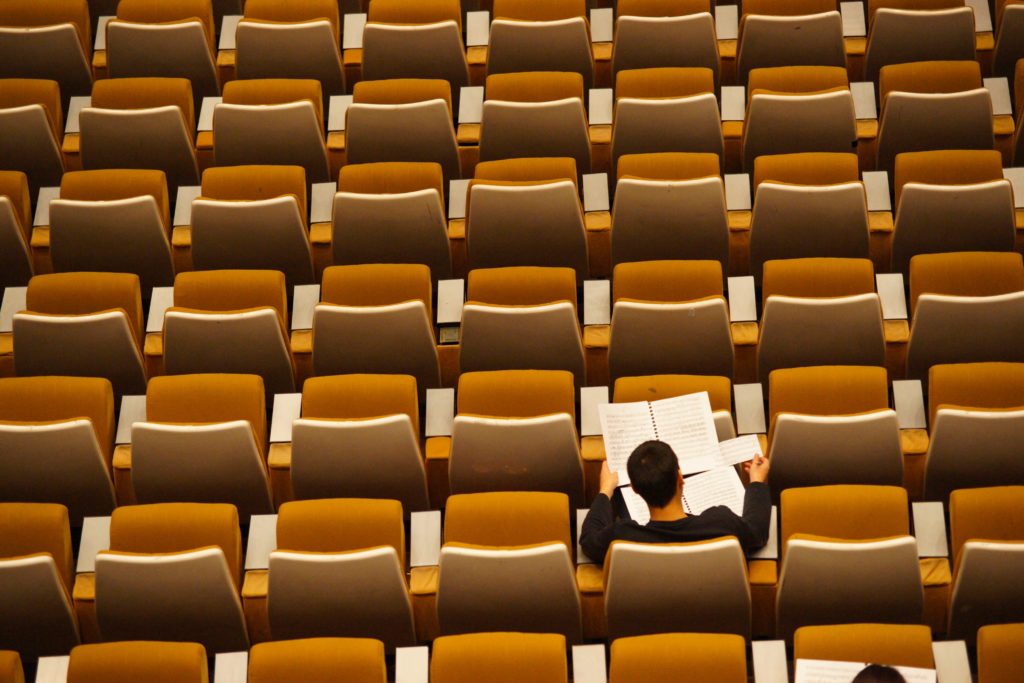It’s Fall of our junior year. Here come the PSAT, SAT, ACT, subject tests, college tours, GPAs, and so on. Exciting? Not really. As we’ve begun to scratch the surface of the college admissions process, we’ve realized how inequitable it is. Yes, this isn’t a groundbreaking realization; according to a USA TODAY study, fewer than 20% of American students find the process to be “generally fair.” This sentiment has become more prominent in the past decade, as the media has exposed various widespread admissions scandals.
The most notable scandal is Rick Singer’s Operation Varsity Blues, which flooded the media in 2019. 53 high-profile individuals, such as actresses Lori Laughlin and Felicity Huffman, essentially bought their children’s tickets to elite institutions by photoshopping sports pictures and hiring professionals to take standardized tests. In his 2014 self-published book, Singer confirmed that the college admissions process is “a science,” leaving students with two options:
- Use their four years of high school to explore their identities and pursue their true passions
- Conform to the system to embody “the perfect applicant.”
Unfortunately, too many students settle on option 2.
How does this highlight our unfair system?
Ultimately, students’ ability to stand out in a sea of similar applicants boggles down to their economic standing. In fact, Harvard economist Raj Chetty writes that “students from the top 1% of households are 77 times more likely to be admitted to and attend an Ivy League school than students from families who make less than $30,000 a year.” Overall, elite institutions enroll more students from the top 1% of the income bracket than the entire bottom 60%. Crazy, right?
Wealthy students’ advantage in the college admissions process breaks down into 5 main parts:
1. Tuition
This one is simple: wealthy students can afford to attend elite colleges. In fact, an analysis of over 2,000 institutions by the NASFAA found that while half of US colleges are affordable for students with a family income of over $160,000, low income students can only afford 1-5% of colleges. These students rely on financial aid and scholarship funds. Unfortunately, however, wealthy students are also eating up aid. Rather than focusing on need-based scholarships, colleges are prioritizing merit-based ones; these scholarships are solely based on achievements, usually academic ones. Indeed, from 2014 to 2017, merit aid among colleges grew 16% faster than need-based aid. That is why in 2019, students in the highest income range received almost 4 thousand more dollars in financial aid than those in the lowest income range.
Unfortunately, this makes sense because colleges treat financial aid like a reward system. They want to increase their rankings by attracting higher-performing students who are more likely to graduate and donate to the college in the future; the majority of the time, these students come from wealthier backgrounds. Covid-19 will only worsen the problem because colleges are strapped for cash, meaning they must restructure their aid budgets. And since need-based and merit-based aid come from the same pool of money at most schools, America’s most vulnerable students will be disproportionately harmed.
2. Higher-Caliber High Schools
Besides being able to afford college, wealthy students can attend top-tier high schools that give them a leg up in the college admissions process. For example, Bradshaw of the Chicago Tribune writes that in Harvard’s Class of 2017, one out of every twenty freshman attended one of just seven high schools: Boston Latin, Phillips Academy’s Andover and Phillips Exeter, Stuyvesant High School in New York, Noble and Greenough School in Massachusetts, Trinity School in New York and Lexington High School in Massachusetts. Six of these schools share one attribute: they are private schools. And even though Stuyvesant is a public school, it is highly selective; students are required to take a standardized entrance exam, and only 3% of applicants are admitted.
Attending a private school comes with a major advantage: more funding. While funding for district schools is based on property taxes in a given neighborhood, funding for private schools comes from a variety of sources, including student tuition, endowments, and donations from organizations or individuals. Thus, private schools have more financial resources to offer smaller class sizes, college counseling programs, and stronger curriculums — which better prepare students for college. For example, while the average student takes 3 AP exams over their high school career, students who attend selective high schools take anywhere between 7 and 12 AP courses.
3. College Counselors
Unfortunately, college advising is short in American public schools. In fact, Gewertz of Stanford writes that only 33% of public high schools have counselors devoted to college preparation, compared to 68% of private schools. Even schools with counselors struggle to compare to those in private schools. That’s because the average public school’s guidance counselor handles 482 students, with some states surpassing 600 students per counselor. This goes against the American School Counselor Association’s recommendation of a 250:1 ratio. Public schools’ large classes leave very limited time for individual attention. Moreover, public school counselors tend to have other non-college-related duties. As a result, Gewertz explains that counselors in public schools devote 21% of their time to college advising, compared to 47% in private schools. This gap is even larger in high-poverty schools, where counselors spend less than 20% of their time helping students with college admissions.
Even if a private school has a weak counselor program, students have easier access to independent college counselors that can provide expert advice on essays, interviews, etc. According to a national survey conducted by Lipman Hearne, 26% of students hire a private college counselor. This leaves independent college counselors working with approximately 160,000 applicants annually, a far cry from the 4.23 million students who graduate high school in the same period.
4. Test Prep
Like everything in the United States, standardized tests come with a major price tag. First, there are registration fees. Each SAT sitting costs $68, and each ACT sitting costs $70. That doesn’t include late fees, which are an additional $30. While both the College Board and the ACT offer waivers, availability varies per state. For instance, Moody of US News reports that in the 2018 – 2019 school year, only 10 states covered the cost of the SAT and 20 states covered the cost of the ACT.
The larger problem, however, is tutoring. Simply stated, wealthy students can afford test prep materials, classes, and private tutors. Private college consultant Andy Lockwood confirms this, as 75% of kids in affluent areas get some sort of extra help for standardized test prep. Some of these services are absurdly expensive. For example, New York tutor Anthony Green charges a minimum of twenty-one thousand dollars for his SAT program. Not surprisingly, his students see at least a 430 point improvement. Green’s service is not an isolated example. Overall, a study led by Ohio State’s Claudia Buchmann found that taking a private test prep course significantly raises students’ scores and their chance of college admission when compared to self-studying..
5. Costly Extracurriculars
Extracurriculars are arguably the most important part of college admissions because they measure aspects of students’ personalities that test scores and GPAs cannot. But while some extracurriculars are free, — like reading to kids or volunteering at a homeless shelter — others require large investments. Let’s take athletics, for example. The Aspen Institute’s Sports and Society program found that household wealth is the primary driver of kids’ athletic participation. According to a 2016 survey on youth sports statistics by TD Ameritrade, the typical parent spends between $100 and $500 per month, per child, on elite youth sports, and spending $1,000 per month is not unheard of. Wealthier families have enough money to spend on gear, private clubs, travel tournaments, and recruitment camps.
Another expensive activity is Speech and Debate. Teams attend various national tournaments in cities like Boston, New York, Chicago. Attending travel tournaments is critical for success on the circuit, but — not surprisingly— it is very expensive. In order to cover plane tickets and hotel rooms, each tournament costs between $400 and $550 per student. This can often be higher because some schools don’t cover tournament registration, which costs up to $150 per person. These costs don’t include the thousands of dollars families spend on personal laptops, suits, dress shoes, winter coats, and tournament meals. Simply stated, competitive extracurricular activities favor wealthy students, and since these activities are the main way that colleges assess their applicants, low income students tend to look less holistically valuable.
Why does this matter?
It goes without saying that Ivy League schools — or schools of a similar caliber — provide students with a top-notch education. This is in part because they have the financial resources to invest more in their students. In fact, elite schools spend 7.75 times more on each student than other colleges. That translates to $92,000 per student at Ivy League schools versus only $12,000 at second-tier institutions.
More importantly, elite institutions are a network; they offer vital connections to the highest-performing, most well-connected people in the world. These contacts place students at an inherent advantage when they enter the workforce. Additionally, attending a top-tier college helps employers distinguish between their applicants; having Harvard or Yale on your resume boosts your chances of getting your dream job. This is empirically true, as Goodnow of the Washington Post observes that the top earning graduates from Ivy League schools make about 35% more than top earners from other schools. At a more extreme level, “six of the eight Ivy Leagues are among the ten leading billionaire alma maters.”
Establishing an equitable college admissions process is especially important for low-income students, since they disproportionately benefit from attending high-caliber colleges. Indeed, a 2017 study led by Harvard economist Raj Chetty found that lower-income students at an elite school have a “much higher chance of reaching the [top 1 percent] of the earnings distribution” than those at even an excellent public university.” This is because wealthier students tend to already have connections in the “real world” that allow them to snatch internships and high-paying jobs. Reforming our extremely lopsided college admissions process is critical because for kids without connected parents, elite colleges can serve as a plug to profitable industries, reducing poverty rates and income inequality in the long run.
Note: this article was also written by Cecilia Granda-Scott.

Nicole Rodriguez is a junior at Ransom Everglades School in Miami, FL. Her curiosity drives her to study and pose questions about the rapid pace of our world — exactly what GenZ Identify Lab stands for! Nicole’s passion for researching and writing comes across in her active participation on her Speech and Debate team. This year alone, she has debated a variety of topics, ranging from nuclear energy to charter schools. Through GenZ, Nicole hopes to motivate her readers to share their voices and explore new activities. Outside of school, you can find Nicole dancing, hanging out with friends and family, watching Netflix, or traveling!


